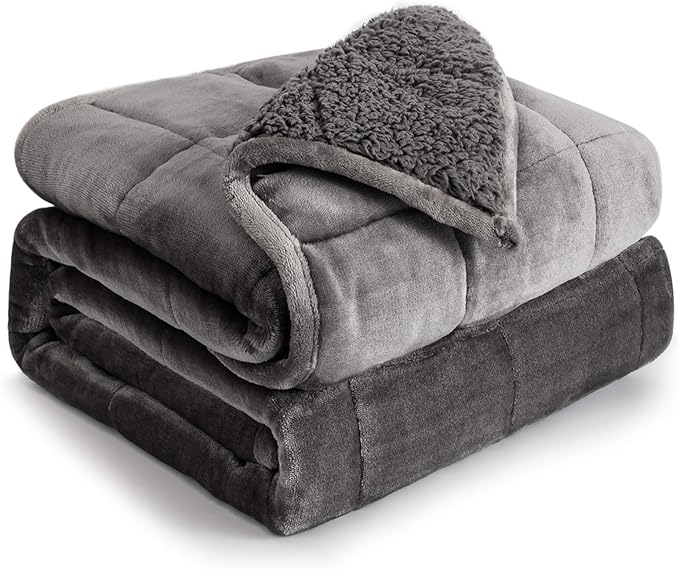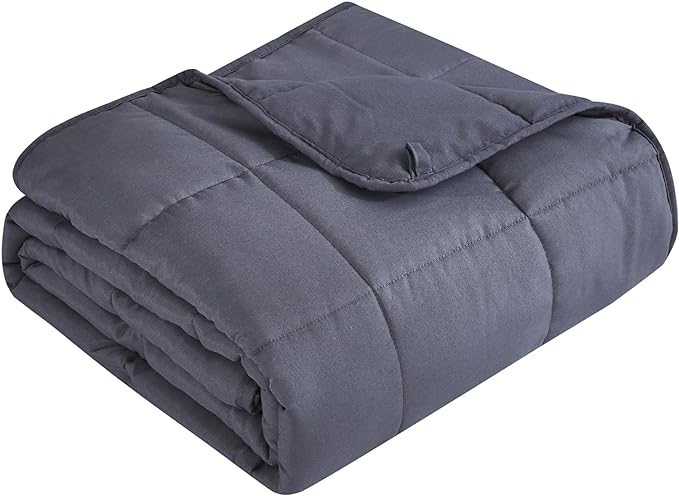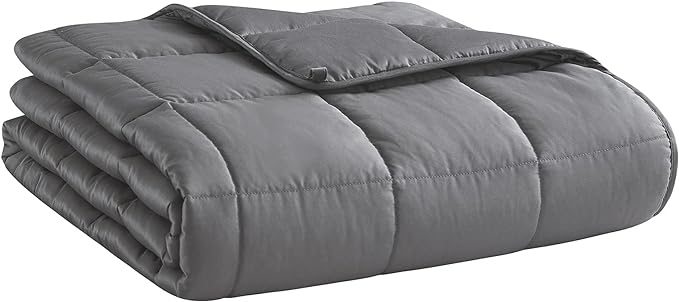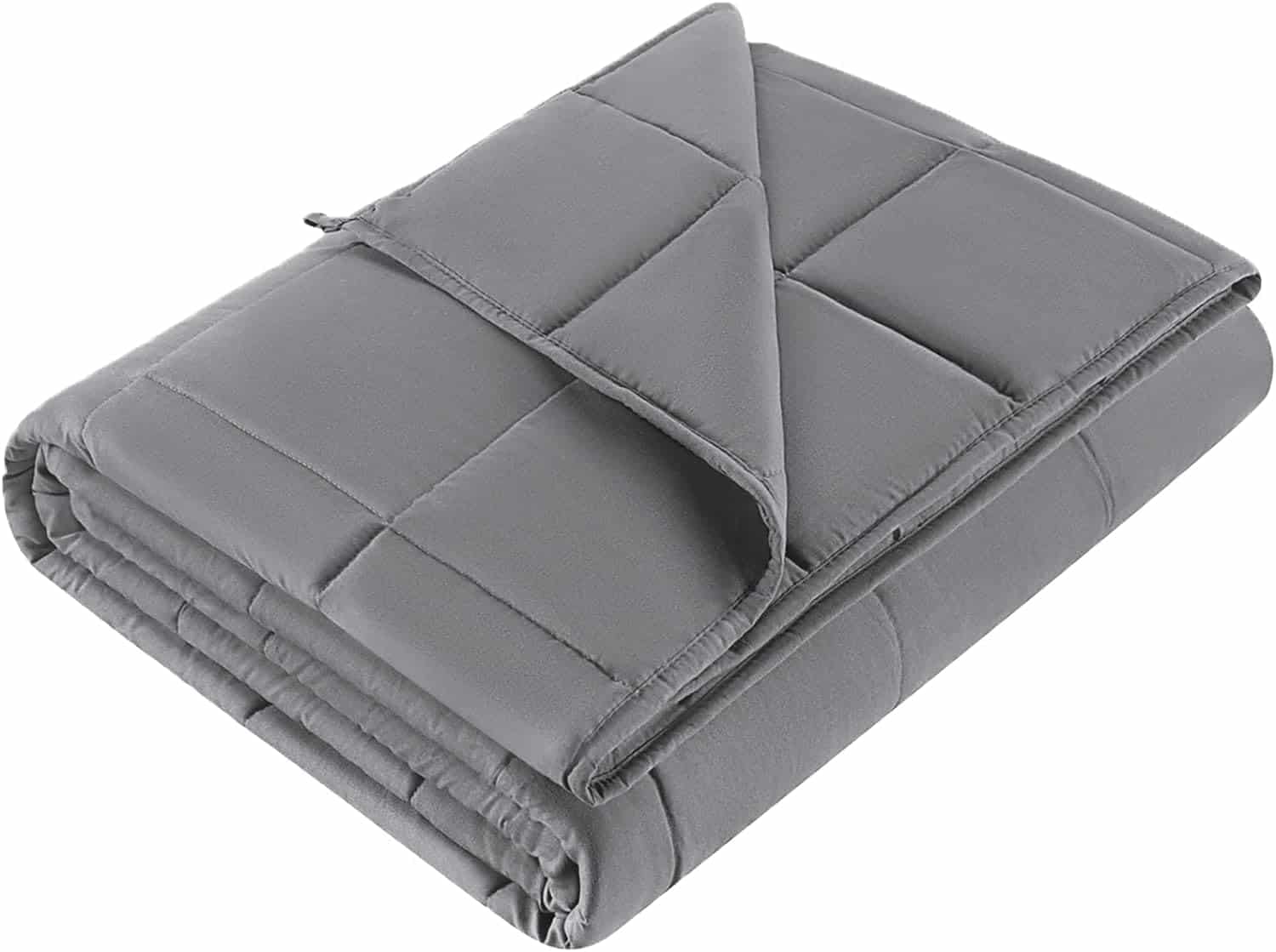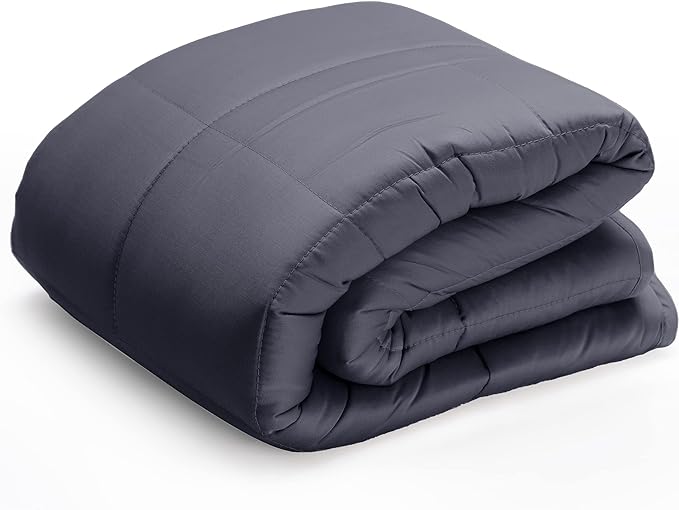
When it comes to getting a good night’s sleep, the right choice of bedding can make all the difference. While traditional blankets have been our go-to for generations, weighted blankets have gained popularity in recent years for their potential to enhance sleep quality. In this article, we’ll explore the key differences between weighted blankets and traditional blankets to help you make an informed choice for your sleep comfort.
Contents
Traditional Blankets: The Classic Choice
Traditional blankets are the tried-and-true option that most of us grew up with. They come in various materials, such as cotton, wool, and fleece, offering a wide range of textures and thicknesses. Here are some characteristics of traditional blankets:
**1. Lightweight: Traditional blankets are generally lightweight and provide minimal pressure on the body.
**2. Temperature Regulation: They are versatile and suitable for different seasons, allowing you to adjust your sleeping environment easily.
**3. Familiar Comfort: Many people find comfort in the familiarity of traditional blankets, which have been a staple in households for centuries.
**4. Easy Maintenance: Traditional blankets are typically easy to clean and maintain, making them a convenient choice.
Weighted Blankets: The Therapeutic Alternative
Weighted blankets are a newer addition to the bedding market, known for their unique therapeutic benefits. These blankets are filled with materials like glass beads or plastic pellets, providing gentle, evenly distributed weight. Here’s what sets weighted blankets apart:
**1. Deep Pressure Stimulation (DPS): Weighted blankets use DPS to create a calming effect on the nervous system. The added weight can mimic the sensation of being hugged or swaddled, promoting relaxation.
**2. Improved Sleep Quality: Many users report improved sleep quality when using a weighted blanket, thanks to reduced anxiety and increased comfort.
**3. Sensory Support: Weighted blankets are favored by individuals with sensory processing difficulties, autism, or ADHD, as they can help regulate sensory sensitivities.
**4. Personalized Fit: Weighted blankets come in various weights and sizes, allowing you to choose the one that suits your body and preferences.
Choosing the Right Blanket for You
The choice between a traditional blanket and a weighted blanket ultimately depends on your individual needs and preferences. Here are some factors to consider:
Sleeping Habits: Do you tend to toss and turn or wake up frequently during the night? A weighted blanket may help you stay still and sleep more soundly.
Sensory Sensitivities: If you have sensory processing difficulties or find comfort in deep pressure, a weighted blanket could be a game-changer.
Weight Preference: Consider whether you prefer a lighter or heavier blanket. Weighted blankets come in various weights, typically around 10% of your body weight.
Seasonal Variations: Traditional blankets are versatile for all seasons, while weighted blankets may be better suited for specific times of the year.
In Conclusion
Both weighted blankets and traditional blankets have their unique advantages, and the choice between them depends on your personal sleep preferences and needs. Traditional blankets offer versatility, while weighted blankets provide therapeutic benefits that can lead to a more restful night’s sleep. Ultimately, the right choice is the one that helps you sleep soundly and wake up feeling refreshed. Sweet dreams!
Our Top Picks
# | Product | Title | Rating | |
1 | 4.5/5 | |||
2 | 4.5/5 | |||
3 | 4/5 | |||
4 | 4/5 | |||
5 | 4/5 | |||
6 | 4.5/5 |

